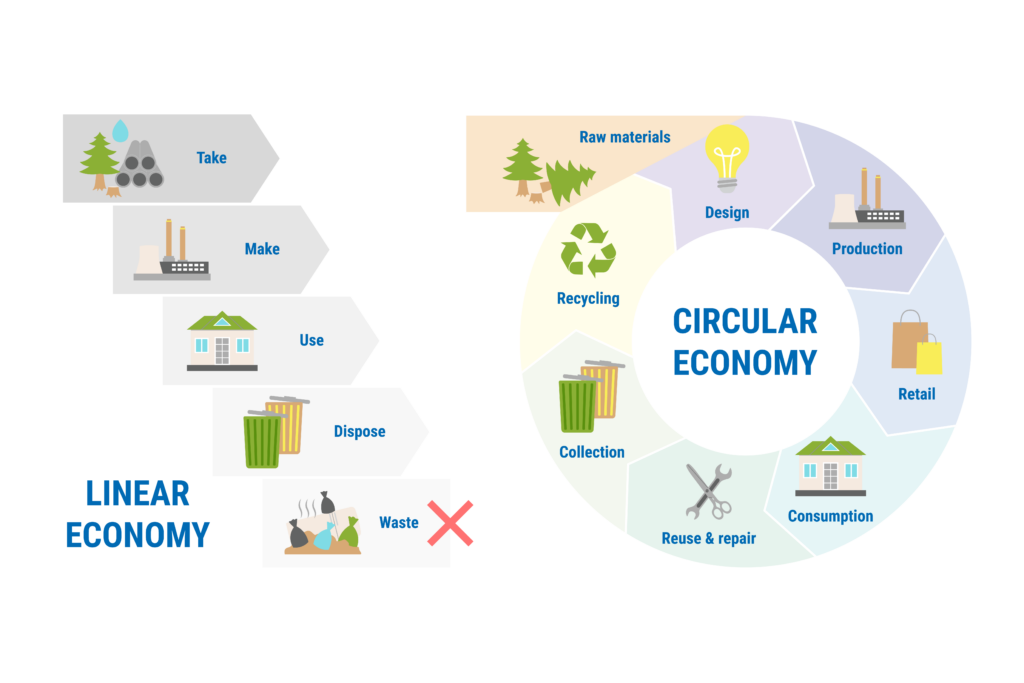12 May 2023
【D&A Knowledge Hub】What is the Role of Bio-based Materials in a Circular Economy?
May 11, 2023

Under the topic of sustainability, the circular economy is a concept which gaining traction in recent years as a way to move away from the traditional linear economy model of take-make-waste. In a circular economy, materials and products are designed to be reused, repaired, or recycled back into the system instead of being sent to landfill or incinerated.

Referring to the above chart, as the first step of a circular economy, the selection of raw materials plays a crucial role in the whole process. In recent years, manufacturers in the supply chain have devoted themselves to using alternative raw materials in product design and production to reduce dependence on fossil resources such as petroleum.
Due to the fact that bio-based materials are made from renewable biological resources instead of fossil fuels, they are often seen as a more sustainable option since they have a lower carbon footprint than their petrochemical-based counterparts. Therefore, the use of bio-based materials as an alternative raw material solution has become mainstream in the coatings industry.
What’s bio-based material?
Before answering this question, we can see the below diagram to understand the basic processing from biomass to bio-based products.

It can be seen from the above diagram that bio-based materials are derived from biomass. Biomass refers to various organisms produced through photosynthesis using the atmosphere, water, and land. The broad sense of biomass includes all plants, microorganisms, and animals that feed on plants and microorganisms and their production wastes. Representative biomass includes crops, crop waste, wood, wood waste, and animal manure. In a narrow sense, biomass mainly refers to the non-food sourced lignocellulose (called lignin in short) such as straws and trees in the agricultural and forestry production process, agricultural product processing industry leftovers, agricultural and forestry wastes, and livestock manure and waste in the livestock production process.
After isolation, extraction and pre-treatment of biomass in nature, we can obtain biomass feedstocks, including carbohydrates, proteins, lignin, natural fibres, oils and fats. By using biotechnology and chemical conversion technology, biomass raw materials can be further transformed into bio-based intermediates through synthesis and polymer processing, and downstream companies can make use of these bio-based intermediates to produce bio-based products.
A Key Role in Circular Economy
The role of bio-based materials in the circular economy is to provide sustainable and renewable resources, giving designers and engineers an alternative sustainable option in the process of raw material sourcing and product design.
In the global environment where carbon emissions are concerned, low-carbon bio-based products have become the best alternative to petrochemical products, which can help to continuously reduce CO2 emissions and reduce the impact on the environment.
Although bio-based materials are not the solution to all the problems caused by the traditional linear economy, however, using renewable resources in the design of products, and transforming these materials from sustainable biotechnological processes also contribute to a more sustainable future.
Source:
https://www.betalabservices.com/zh-hant/biobased/ecolabels-astm-d6866.html

